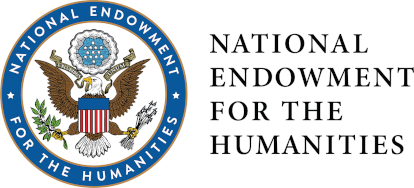Project
Progress
To date we have produced a majority of the content necessary to complete the project. This work included textual editing, translation, and analysis; visual editing and analysis; and comparative analytical work. In terms of textual editing, translation, and analysis, we have completed the following:
- Edited Unicode edition of the Tibetan-language life of the Buddha entitled The Sun of Faith(Dad pa’i nyin byed), Chapters 1–125; edited Unicode edition of the Tibetan-language Painting Manual(Bris yig);
- English translation of chapters 1–29, 119–120 of The Sun of Faith; preliminary English translation of chapters 30–42, 121–125; English translation corresponding to chapters 1–29, 119 of the Painting Manual;
- Transcription and translation of the Sun of Faith mural inscriptions (several thousand);
- Survey of the Tibetan-language canonical sources for chapters 1–30, 118–125;
- Master image files for mural panels 1, 2, 15; preliminary image files for mural panels 3-7 (stitched together from 100-300 individual photographs);
- Visual analysis and markup of the Sun of Faithmurals, chapters 1–30, 119–120;
- Analysis of the overall content, structure, and literary context of The Sun of Faith, including a translation and study of the author’s extended colophon
- We also began a literary analysis of Tāranātha’s approach to the Buddha’s life story by comparing it to a slightly earlier extended narrative by Nanam Tsünpa (Sna nam btsun pa, late 15th c.) entitled The Supreme Treasury.
A key challenge in the interpretation of the mural of the Life of the Buddha has been understanding the visual narrative’s structure and logic. We thus spent considerable time editing and analyzing the project’s visual materials. We identified visual units at the levels of “chapters,” which correspond to chapters in the literary narrative, and of “scenes.” Although scenes do not appear explicitly in The Sun of Faith text, they define the smallest narrative elements that can apply to both image and text. We accomplished this for Chapters 1-28 of The Sun of Faith, which total approximately 110 individual scenes, corresponding to the first two panels of the mural. We further determined the historical and religious contexts in which the murals were originally designed and created by reading a variety of primary sources, including Tāranātha’s autobiography and relevant monastic records.
Another important feature of this project is the visualization and study of relationships between text and image. To that end, we created a spreadsheet and database that shows correspondences across multiple visual and textual resources:
- Mural panels, chapters, and scenes
- Tibetan and English versions of The Sun of Faith
- Tibetan and English versions of the painting manual
- Tibetan and English versions of the inscriptions
- Buddhist canonical sources for the narratives
Structured correspondences are now identified across all resources down to the level of sentences in the texts and scenes (or parts of scenes) in the murals. The database now serves as the source for the content database behind the Mirador viewer.







